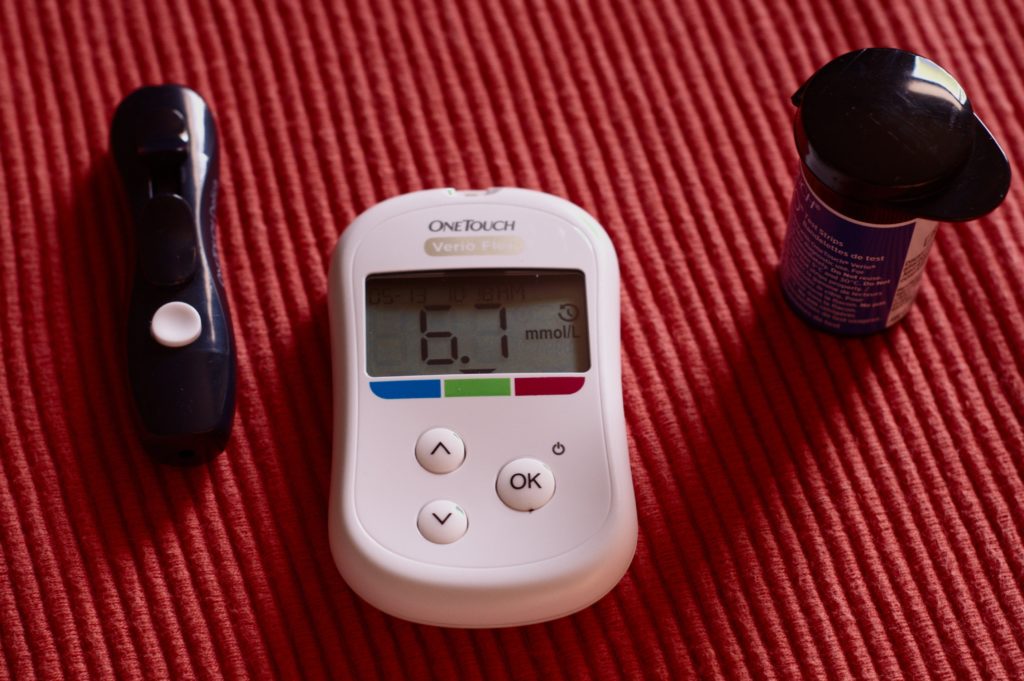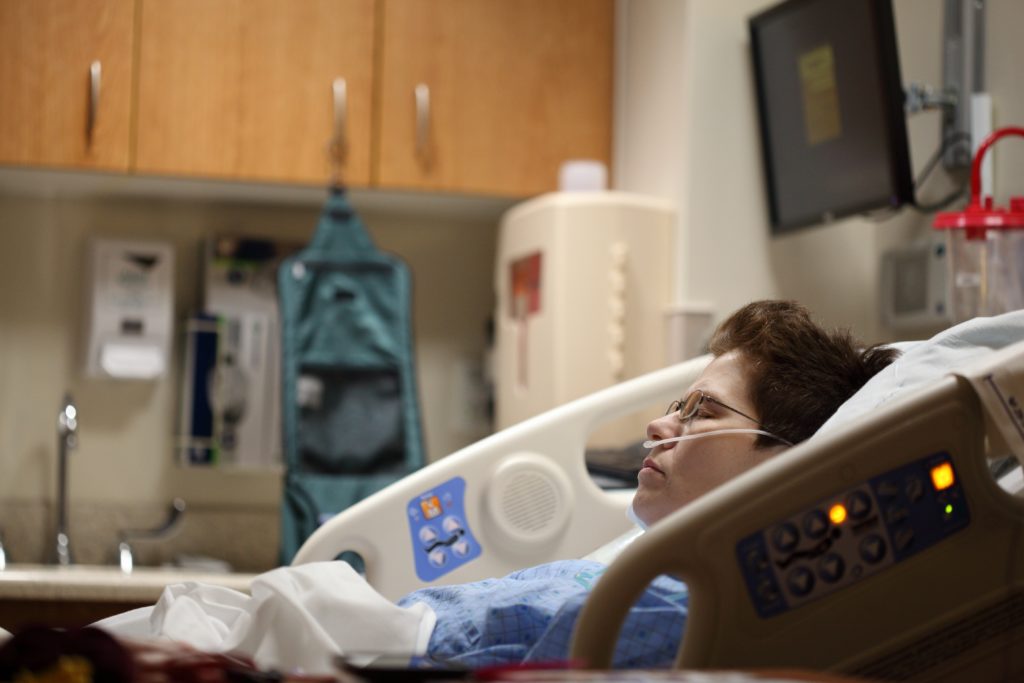Medical devices require unequivocal reliability to serve critical uses that affect people’s health or survival.
Health care is an industry flush with liability risk and high costs so medical devices must perform more like a rocket ship than a toy. This means change happens slowly and deliberately.
When Android first became available in consumer products, the door opened for a new wave of thinking to make medical devices from low-cost hardware and, over time, Android has proven itself as a stable platform with several advantages over predecessors.
Before the Android platform existed medical device manufacturers built medical devices using Windows/WinCE and Linux (or custom made systems which this article doesn’t discuss).
While these platforms served their purpose well high development cost limited access to innovation, thus opportunistic small companies had difficulty turning their product dreams into reality.
As Android’s market penetration grew in low cost and ubiquitous consumer devices visionary entrepreneurs began exploring opportunities to use Android for developing a new generation of medical devices.
Hatch was first engaged, by a disruptive and well-funded startup, to develop a custom Android medical device around 2014.
It took three months to deliver the first working prototype. Over time a successful proliferation of Android medical devices resulted in broad industry acceptance.
Motivations for Using Android in Medical Devices
Android’s success in the medical device industry has grown organically with minimal direct support from its creator, Google.
Instead Android gained momentum as early adopters leveraged its low cost and low barrier to entry in a variety of new age medical devices, often testing with off the shelf devices before making a custom one.
Being an open source platform with global popularity, employing Android engineers to work on platform modifications and develop apps for medical purposes became cheaper and easier than with alternative platforms like Windows or Linux.
In addition Android doesn’t require a license fee the way Windows/WinCE did, reducing overall device cost. While Android runs on top of the Linux kernel, the open source and free Linux operating system was never optimized for mobile devices like WinCE or Android were.
Mobile devices use components with lower performance capability and lower power consumption than larger, stationary devices.
Designing different hardware components around Android is easier than Linux since the medical products could leverage development already done on consumer devices by scores of companies already producing Android electronics.
As an open source ‘lightweight’ platform made to run on low-cost consumer devices, Android hardware costs are substantially lower than the hardware required to run Windows and Linux. This allowed companies to sell products at a lower cost, expanding (or possibly creating) a market for affordable home use medical devices, although Android devices have also entered institutional health facilities as well.
Since Android was originally intended for mobile devices, like smartphones and tablets, the system fundamentally offers optimized use in battery-powered devices.
The mobile device segment has seen the biggest growth for Android medical devices as countless valuable applications with limited competition create an ideal market opportunity.
To further optimize Android’s performance in mobile products many of Hatch’s clients request to remove unneeded apps and parts of the firmware. This boosts system performance, lowers power consumption, and reduces threat of viruses, providing a more secure and enjoyable user experience on energy-efficient and low-cost hardware.
The Role of Android in Medical Devices
Now let’s review the technical reasons why Android is becoming a preferred platform to use for custom medical devices.
The standard ‘plain vanilla’ Android operating system includes several multi-media components and sensors which can be used for medical applications.
For example, one digital therapeutic device Hatch made uses the standard front camera of a tablet for reading facial expressions of patients viewing photos on the tablet.
Knowing the user’s facial expressions allowed our client’s app to select which photos to display based on which photos made them happy. This feature, which ties into the health/therapeutic nature of the device, required no special hardware or firmware customization on Hatch’s part.
Using Linux would have either minimized the camera choices (likely making the camera more expensive or more difficult to sources) or required writing a new driver for the camera, adding an additional layer of complexity and delay to the project.
Other aspects of this product did require varying degrees of customization.
Android’s popularity for use in custom products comes from the flexible nature of the platform, thus Android is often referred to as a dynamic operating system.
All Android CPUs offer connections for adding external electronics. When conceptualizing product architecture for a custom Android device (medical or not), Hatch takes into account which connections the product needs to decide which CPU should go in the product as some CPUs offer more or different connections than others.
Typical wired connection protocols are UART, USB, I2C, MIPI, EDP and SPI, while Bluetooth and WiFi are popular wireless connection protocols. This means that external electronics which use any of these common protocols can integrate into a standard Android product.
Hatch’s customer will design their app to communicate with the external electronics through any one of these protocols, to enable communication between the user and the non-standard electronics.
Combining ‘smart/connected’ Android with traditional ‘dumb/unconnected’ medical products generate new opportunities for home based diagnostic and testing equipment which benefit the end user and humans at large.
For example adding a blood reader, like one used by diabetes patients or for testing cholesterol, to an Android device allows patients to effortlessly send test results to their doctors and automatically generate a personal history.
With enough users, this generates millions of data points that can be used to see human health patterns and suggest preventative care. This is made possible by low-cost hardware, internet connectivity, and a recurring revenue model allowing companies to make money on the service (or data) rather than the hardware.
The ability to collect, track, and compare countless data points will be one of the biggest impacts that Android has on humanity.
Potential clients have reached out to Hatch to design traditional medical devices such as patient entertainment and communication systems using Android.
Android’s ease of development allows these companies to continually improve their system by remotely delivering app updates to introduce new features and functionality on both hardware and software.
With Android, the system goes beyond basic entertainment and communication easily scaling to support tasks such as adjusting a hospital bed to sit up or lie down, accessing medical records online, video chat with doctors or family, etc.
By definition the dynamic nature of Android as a platform allows for endless possibilities for adding new use cases to an Android infotainment system.
Depending on the application of an Android medical device Hatch can manufacture using FDA approved plastics and provide our client with the extensive documentation required for FDA certified products. While many products don’t need FDA certification Hatch can support those customers who demand stringent supply chain visibility and protocol requirements.
Contact Hatch now to make your custom Android medical device.
Editorial suggestions by: Ayush Kumar






